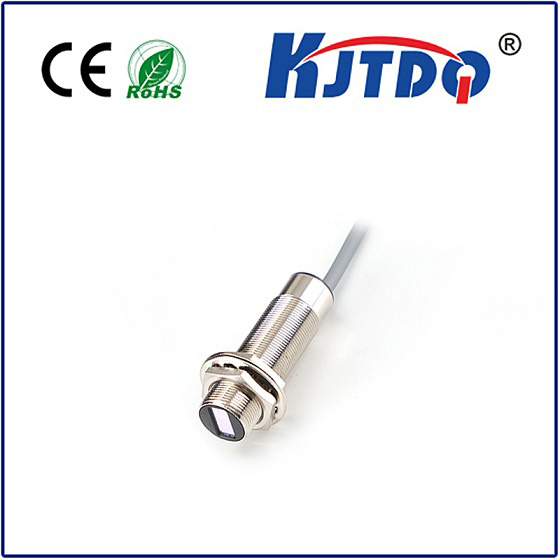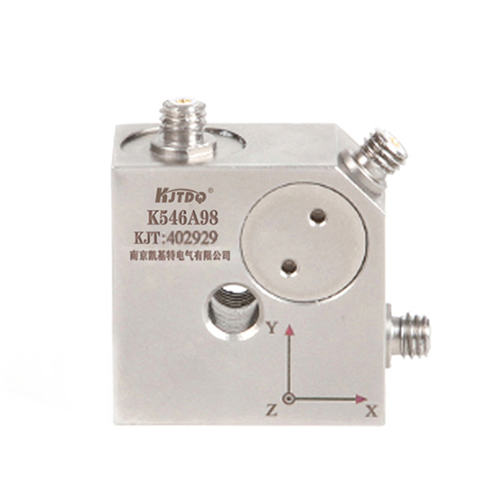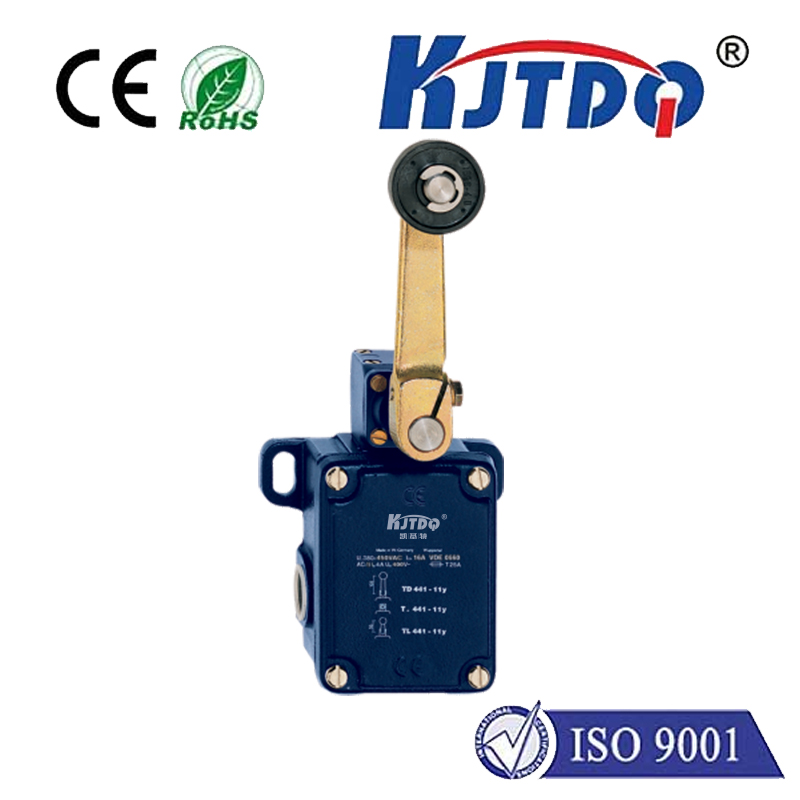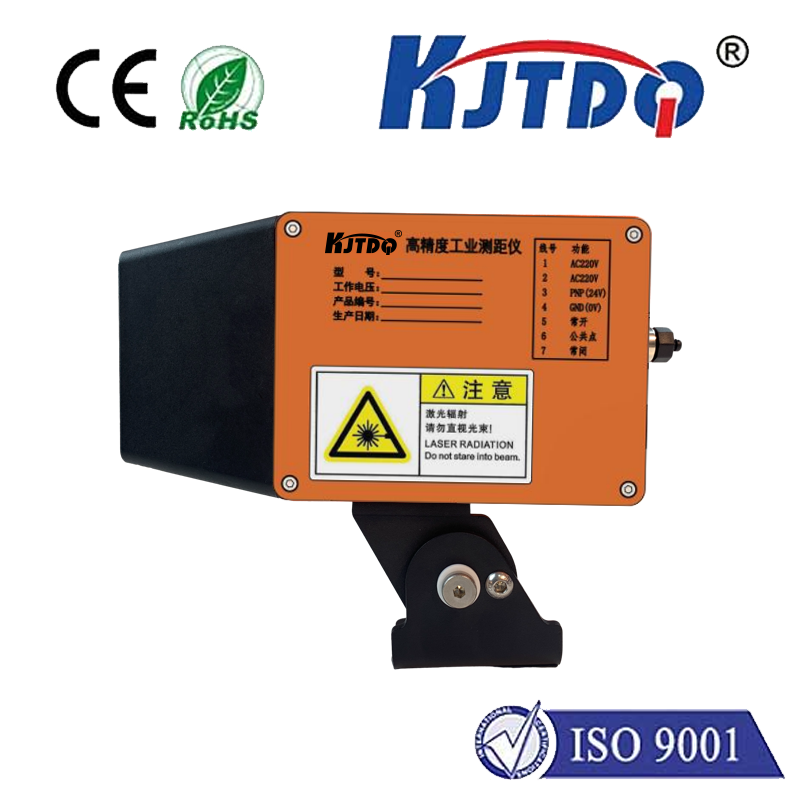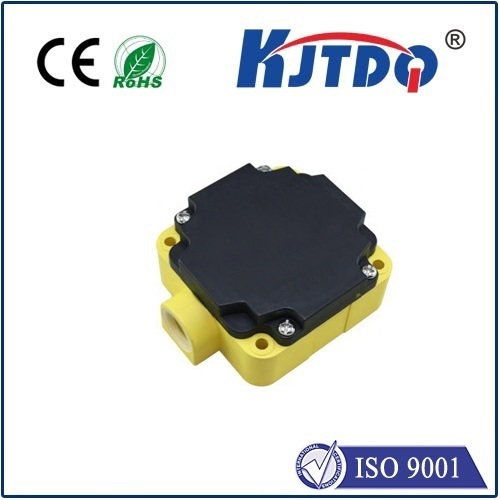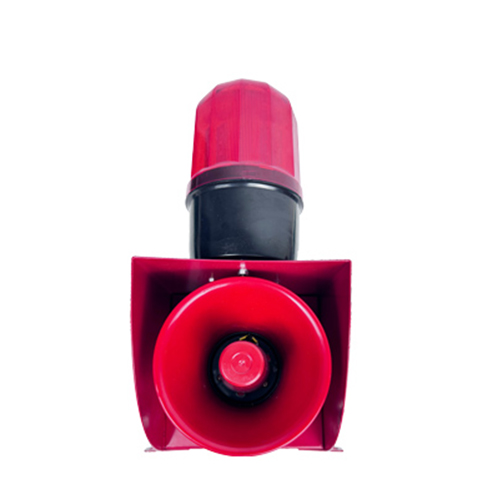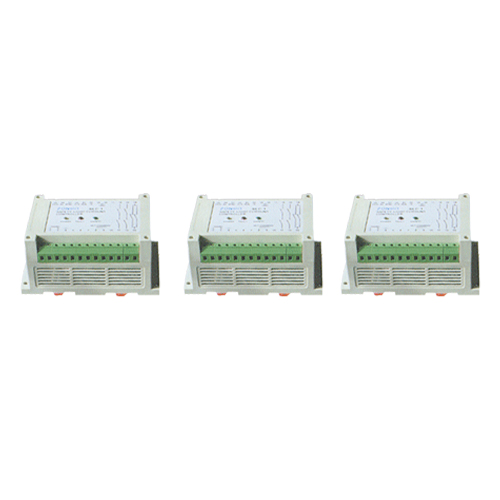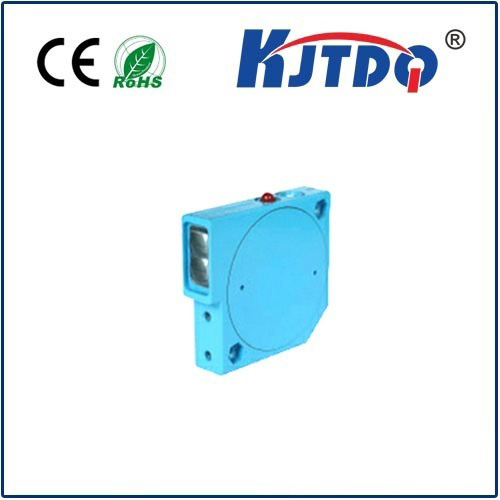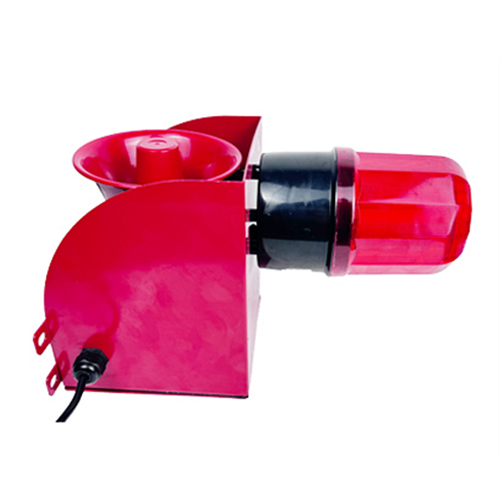

check

check

check

check

check

check

check

check

check

check
The latching limit switch is a critical component in various industrial applications, where precise control and monitoring of mechanisms are essential. This comprehensive guide delves into the functioning and applications of this vital component, providing a clear understanding for both newcomers and seasoned professionals alike.
What is a Latching Limit Switch?
A latching limit switch is an electromechanical device that detects the presence or absence of an object, thereby acting as a position sensor. Unlike conventional limit switches, which require constant power to maintain their output state, a latching limit switch can "remember" its last state without continuous power supply. This feature makes latching limit switches particularly useful in scenarios where power interruptions are likely or in applications requiring energy conservation.
How Does It Work?

At its core, a latching limit switch operates on a simple yet effective mechanism. It consists of an actuator – often a lever, roller, or wheel – that moves in response to the position of a machine component. When triggered by this motion, the switch's internal mechanism latches onto a particular state – either ON or OFF – until it is manually reset or commanded to change state by another trigger.
The magic lies in the latching mechanism, which utilizes a set of contacts that lock into place when activated. Once the switch is triggered, the contacts engage, holding the switch in its current state even after the actuator has moved away. This design ensures that the switch remains reliable and stable, even under vibration or other external disturbances.
Applications and Benefits
Latching limit switches find widespread use in industries such as manufacturing, automation, and construction equipment, where they monitor positions, count products, and ensure safety by detecting overtravel conditions. For example, in conveyor systems, they can detect the presence of packages, ensuring that processes such as filling or sealing occur only when an item is present. In robotics, these switches provide critical feedback for precise positioning and movement control.
The benefits of using latching limit switches are manifold; they include energy efficiency, since they don't require continuous power to maintain state, and increased reliability due to their ability to withstand shock and vibration. Additionally, their design simplicity contributes to a longer service life and lower maintenance requirements compared to non-latching counterparts.
Conclusion
In conclusion, the latching limit switch serves as a cornerstone in automation and control systems, providing unmatched reliability and energy efficiency. Its ability to maintain a state without continuous power makes it indispensable in environments where power stability cannot be guaranteed. Understanding the working principles and proper application of latching limit switches ensures that they serve their function effectively, contributing to the smooth operation and safety of machinery across various sectors. As technology evolves, so too will the innovations surrounding latching limit switches, further solidifying their role in industrial advancements.
